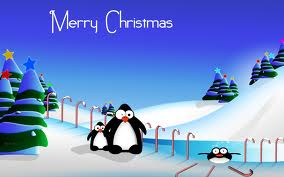It turns out, that during their research on the Global Carbonated Beverage Market, Research On Global Markets found out that the term ‘soft drinks’ aren’t just the carbonated beverages with sugar, flavor in them. Instead, it refers to all those beverages that do not contain any amount of alcohol in them.
Today, we use that same term to refer to all flavoured carbonated beverages; a concept that’s probably influenced by advertising and that’s understandable as manufacturers have a hard time finding any single word that perfectly describes what they’re selling.
For example, in Canada and the US, these same drinks are called ‘soda’ or ‘pop’ and even ‘coke’ as the Coca-Cola brand was the first one to arrive on the market.
In other countries like England, most of the advertisement says ‘fizzy drinks’ whereas, in Ireland, it’s called ‘minerals’ above all things. Companies prefer using an outlook that makes their consumer comfortable with their product, but with so many variations of the same thing – ‘soft drink’ seemed like the best way to go and is now popularly used to refer to all carbonated beverages.
As for their being ‘alcohol-free’, a major part of those drinks does have a very small portion of alcohol in them.
For example, in the older methods used for carbonating drinks, fermentation was required – very similar to the way beer has to be fermented for a certain degree of fizziness and flavour. Modern methods speed up this fermentation phase, by manually adding a certain quantity of CO2 to the drink, ideally before the liquid is individually packed into their bottles, but there is still some alcohol in it, although much less than previously.
This is owing to the sugars that begin fermenting in the non-sterile environment of the bottles.
Some brands do use this alcohol flavor as a USP in their product offerings. Here, they might add certain additional alcohol only because they might be using alcohol to prepare them and heighten this part of the flavour profile as well.
They are careful about what kind of alcohol extract is added as these drinks are targeted at younger children. For example, a vat of yogurt similar in volume to a vat of soda-pop will have twice the amount of alcohol in it, as opposed to that soda-pop vat.
It is these impressive facts that have made soft drinks the third most consumed beverages, following water and tea. In the US alone, there are over 450 different kinds of flavours, and globally, – well, that’s a much bigger number.
In spite of this, there isn’t much room for this market to grow, as it has more or less reached maturity in most regions, and the only way to differentiate most offerings is along the lines of packaging size, container type, ingredients, flavor and above all else, the manufacturer. Research On Global Markets says that it is expected to reach an approximate value of USD 412.5 Bn by 2023. It will continue to expand at a 2.8% CAGR, as determined for assessment purposes undertaken for the forecast period of 2018-2023.

